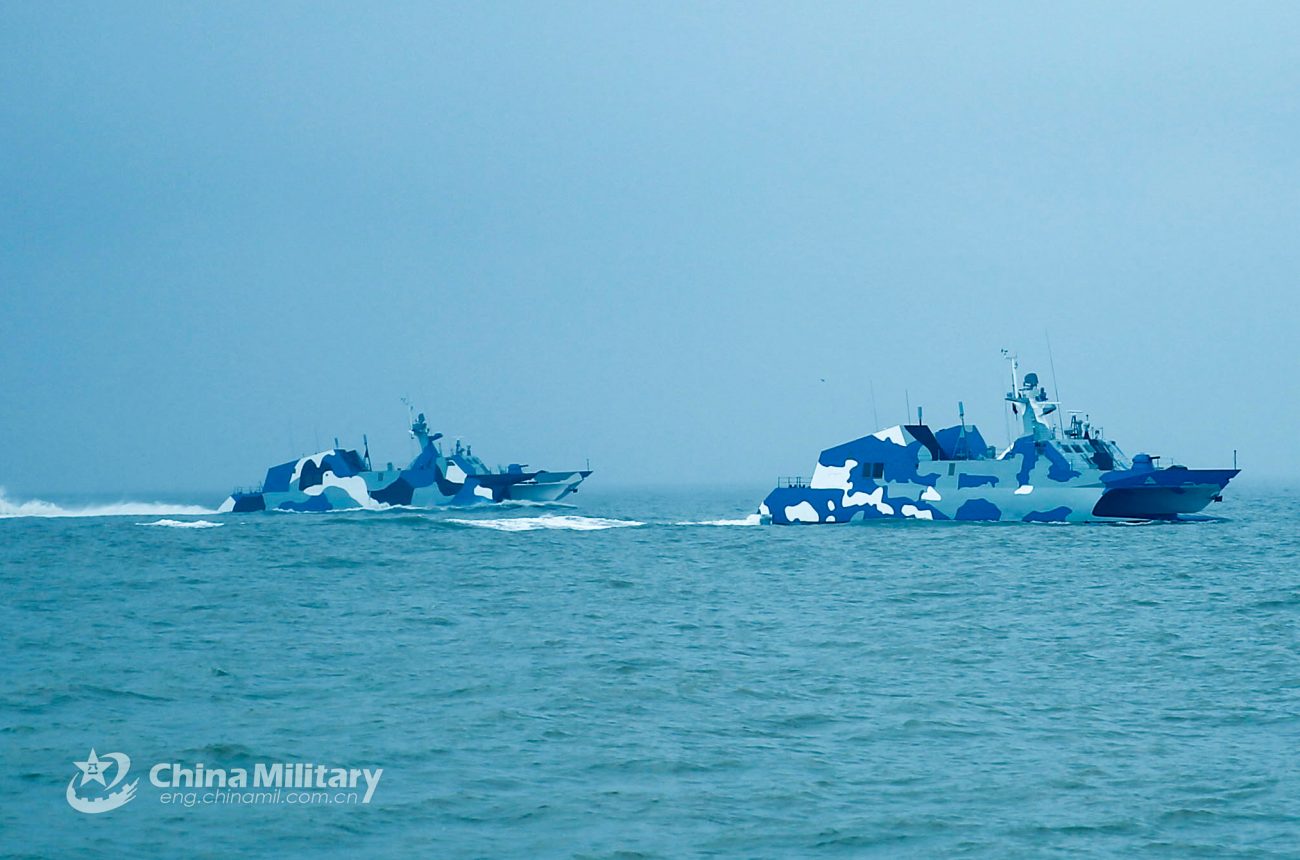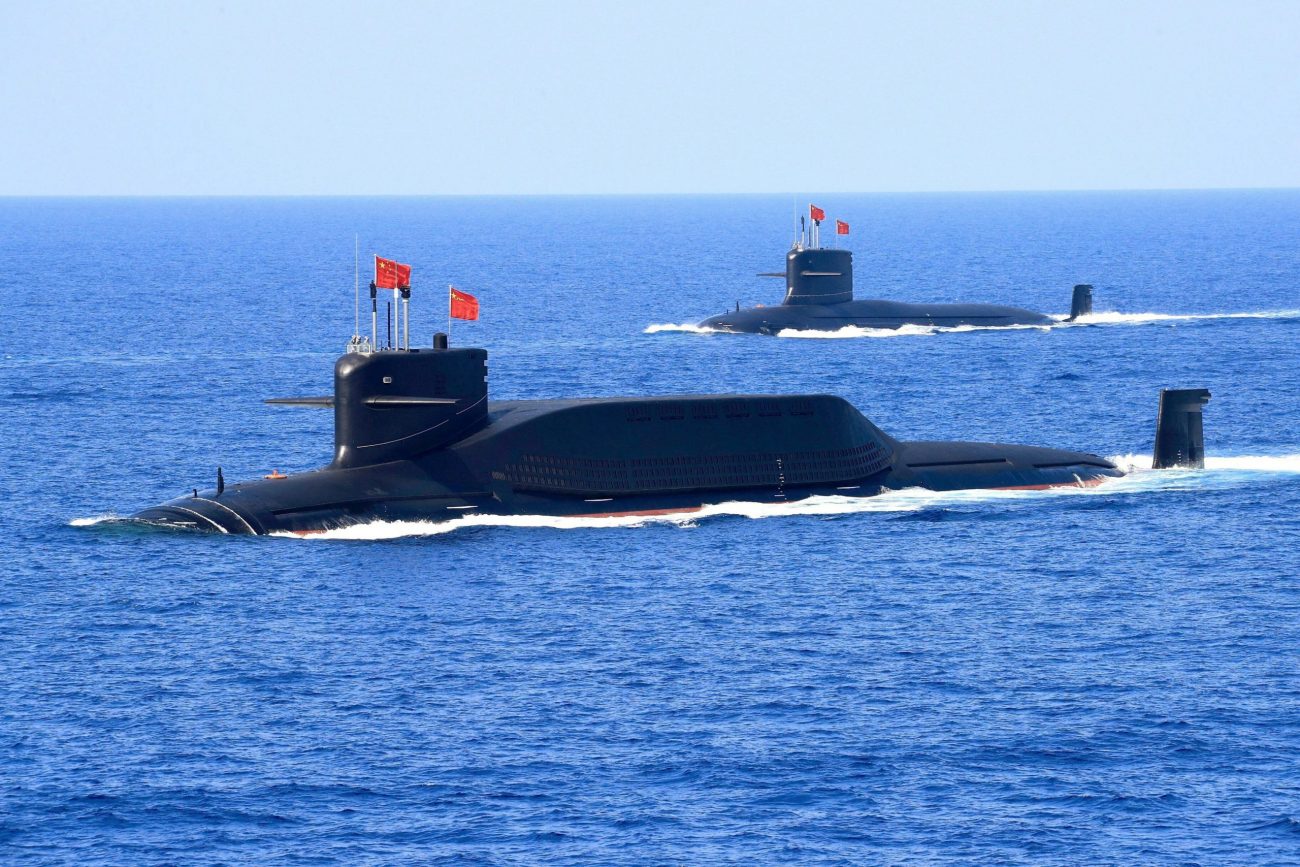On August 5, the second day of China’s live-fire exercises around Taiwan, seven US reconnaissance planes were spotted operating close to Taiwan.
A Beijing-based think tank called South China Sea Strategic Situation Probing Initiative (SCSPI) tweeted about the presence of these aircraft in the area. It claimed that the US military has increased aerial ISR (intelligence, surveillance, and reconnaissance) operations near Taiwan Island.
PLA Exercises Day 2: US military strengthens aerial ISR operations around Taiwan island, at least 1 RC-135S, 1 RC-135V, 3 P-8As, 1 E-3G, 1 U-2S are on the spot, supported by 6 KC-135 tankers, August 5. #Pelosi #Taiwan pic.twitter.com/VlzRE7qUeN
— SCS Probing Initiative (@SCS_PI) August 5, 2022
The China-based think tank said that one US Air Force (USAF) Boeing RC-135S Cobra Ball measurement and signature intelligence aircraft, one USAF RC-135V Rivet Joint electronic surveillance aircraft, three US Navy P-8A Poseidon patrol and reconnaissance aircraft, one USAF Boeing E-3G Sentry airborne early warning and control aircraft, and one Lockheed U-2S high altitude reconnaissance aircraft were all reportedly flying close to Taiwan.

The Chinese think tank also mentioned the presence of the Six Boeing KC-135 Stratotankers. The reconnaissance planes were visible on the SCSPI’s map in Taiwan’s north, northeast, east, southeast, and south at various distances and headings.
The flights took place during the second day of extensive live-fire training by the People’s Liberation Army (PLA). According to the think tank, the aircraft’s presence will help the American military’s ISR (intelligence, surveillance, and reconnaissance) operations in Taiwan.
Meanwhile, a USAF E-3 AWACS “RONIN02” aircraft was apparently spotted on August 8, moving toward Taiwan’s north. The same day, the PLA Eastern Theater Command continued its training exercises near Taiwan.

China Announces New Military Exercises
The Chinese military has announced new training exercises, including sea raids and anti-submarine drills, to be held close to Taiwan. This occurred a day after its major live-fire drills targeting the territory were supposed to end.
The Chinese defense ministry also defended the suspension of communication lines with the US in retaliation to Nancy Pelosi’s recent visit to Taipei, which sparked major concerns about a possible confrontation.

Last week, the People’s Liberation Army (PLA) conducted extensive live-fire drills against Taiwan that were supposed to end on August 7. The PLA never declared its closure, but it is said that avoidance notices were pulled, and regular air and sea traffic had been reinstated.
The Eastern Theater Command of China announced on August 8 that it would hold joint training exercises focusing on sea assault and anti-submarine operations. This move is in line with some security analysts’ and diplomats’ concerns that Beijing would keep putting pressure on Taiwan’s defenses.
As previously announced by the PLA, China will conduct live-fire drills in five exclusion zones in the Yellow Sea from Sunday through August 15. According to Taiwanese authorities, the areas won’t affect the country’s international flight routes.
China’s Strategy To Block Taiwan
During the recent exercises, Chinese warships, fighter jets, and drones conducted extensive maneuvers around the island in addition to the firing of 11 ballistic missiles.
Air force officer Zhang Zhi was quoted by Xinhua news agency as saying that the exercises “tested tactics of systems warfare under information-based conditions and honed and improved the capabilities to destroy crucial island targets with precision strikes.”
On August 7, Taiwan’s defense ministry reported that it had spotted 66 aircraft and 14 warships engaged in naval and aerial training.
Taiwan reacted by activating its military, deploying ships and planes, and keeping an eye on Chinese drones, aircraft, and ships that are “simulating attacks on the island of Taiwan and our ships at sea.”
Multiple media reports also noted that about ten warships from China and Taiwan operated closely together around the Taiwan Strait’s unofficial median line just before those drills ended.

American and Chinese experts noted that China’s military drills demonstrate that Beijing doesn’t need to attack Taiwan to control it; instead, it can trap the autonomous island and cut it off from the outside world.
According to Meng Xiangqing, a PLA National Defense University professor, the six areas were picked to demonstrate how China could break off Taiwan’s ports, attack its most significant military facilities, and block access for outside forces that might come to Taiwan’s assistance.
Meanwhile, Taiwan also announced holding artillery exercises, using real ammunition in the southern part of the country “to test combat readiness.” The nation’s army will practice live-fire artillery on August 9 and August 11 in Pingtung County.
- Contact the author at ashishmichel@gmail.com
- Follow EurAsian Times on Google News




